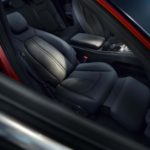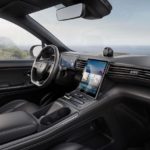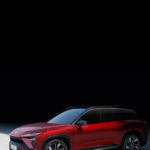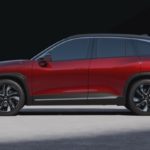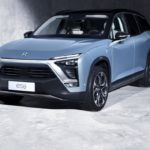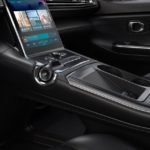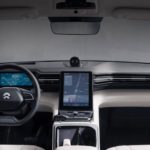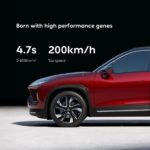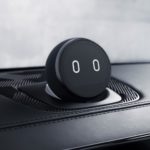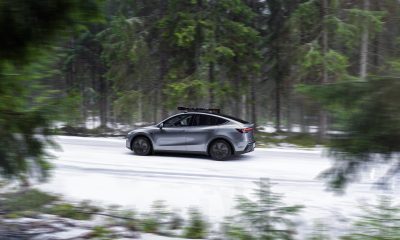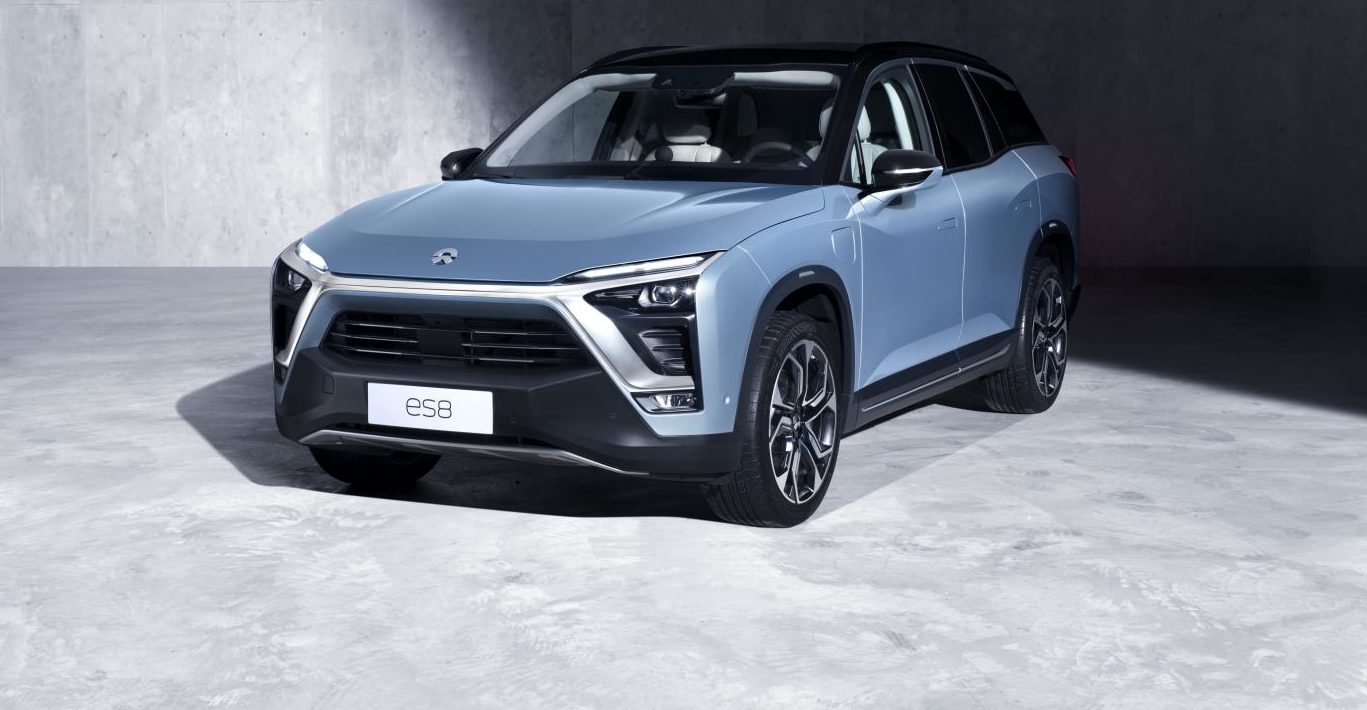

News
NIO sets its sights on overtaking Tesla in China
One of the latest electric car companies looking to challenge Tesla’s dominance has made known its intentions of overtaking the Silicon Valley car manufacturer in China’s luxury auto market. In a recent 60 Minutes interview, founder and CEO William Li described plans for NIO, his Chinese EV startup company to capture Tesla’s upper-middle class audience in the country, ultimately moving on to position its products as highly desired status symbols. With potentially 50% of the worldwide electric car market soon to be located in China, NIO’s ambitions are certainly poised in a promising direction, and their native knowledge of their customer market just may help give them the edge they’re seeking.
NIO’s strategy to appeal to the EV customer market is similar to Tesla’s in several ways and has earned it the nickname “Tesla of China.” The Chinese auto maker currently sells two high-performance SUVs, the ES6 and the ES8, both of which have an advanced autonomous driving system (not yet in operation) and an on-board pilot system. These, of course, are all features enjoyed by current Tesla drivers in Tesla’s own flavor, and with one look at NIO’s vehicles’ large center console control screen, it’s clear which auto maker’s customer base NIO is targeting. A phone app is incorporated into the NIO ownership experience, providing basic car services like roadside assistance and maintenance scheduling (as well as several other features). Customers can also purchase NIO vehicles via the app, similar to Tesla’s sales model. While significant commonalities exist between the two car makers, NIO has significant unique offerings as well.
- NIO’s ES6 electric SUV interior. | Credit: NIO
- NIO’s ES6 electric SUV command panel. | Credit: NIO
- NIO’s ES6 electric SUV. | Credit: NIO
- The NIO ES6 electric SUV. | Credit: NIO
- The NIO ES8 electric SUV. (Credit: NIO)
Owning a Tesla certainly comes with an incorporated sense of community, but NIO seeks to expand on that concept, eventually transforming its brand into a symbol of social standing by connecting customers with one another. The car maker presents itself as a lifestyle company, offering membership in exclusive NIO-owner-only clubs called NIO Houses with regular social activities and perks one might see at, say, a country or yacht club in the US – classes, meeting rooms, etc. The customer app also connects users to an entire social network of other owners – a bit beyond basic Internet forums.
NIO has further padded its ‘lifestyle’ perception with first-of-its-kind battery swapping technology, allowing customers to switch out their drained car batteries for fully charged ones via an automated system that’s faster than refueling at a gas station, saving time. Also, a mobile charging subscription service is an owner option, wherein NIO company vehicles travel to the vehicle’s location to supply it with power on request. Along with customer-oriented charging services and community perks, subscription packages offering free repairs and maintenance (with valet pickup/delivery options), cellular data boosts, car washing, airport parking, and several others all foster a lifestyle for NIO customers that’s only available via vehicle ownership.
For about $60,000 (before tax breaks and subsidies), a customer in China can own one of NIO’s two all-electric SUVs. The company’s flagship SUV, the ES8, is all-wheel drive, uses two 240 kW motors, and has a swappable 70 kWh/84 kWh battery. Impressively, it also has a 0-100 km/h (0-62 mph) time of 4.4 seconds. The newly released ES6 uses dual 160 kW high efficiency or 240 kW high performance motors with a swappable 70 kWh/84 kWh battery. The 0-100 km/h time is 4.7 seconds.
One of the major factors in NIO’s favor (as well as any electric car maker in the country) is the Chinese government’s major push to bring electric vehicles to the country’s roads. With air pollution a problem literally looming over the heads of major city populations, China’s leadership has maneuvered its tax system to provide major incentives for EV purchases to address the dirty air situation via clean energy. In Shanghai, for example, the $12,000+ license fee required to purchase a car in the city is waived if it’s electric. Additionally, several Chinese cities offer thousands of dollars in rebates for EV purchases.
Tesla CEO Elon Musk has experienced this motivated government favoritism first hand with a sped up permit and construction process for Gigafactory 3 in Shanghai. As an established EV maker and leader in the EV revolution, paving the way for Tesla to have a major presence in China is in line with the leadership’s desires for market transformation. As described in the 60 Minutes segment, hundreds of native electric vehicle companies have also popped up as a result of incentive efforts, all hoping to achieve major success with government backing. NIO hopes to cut through the competition with its lifestyle branding.
- NIO’s ES6 electric SUV command panel. | Credit: NIO
- NIO’s ES8 electric SUV command panel. | Credit: NIO
- NIO’s ES6 electric SUV. | Credit: NIO
- NIO’s AI personal assistant NOMI. | Credit: NIO
While Tesla may have entertainment features like TeslAtari and Easter eggs, NIO boasts its own unique fun feature: an artificial intelligence personal assistant named NOMI, touted by the company as the world’s first such in-car device. On the dashboard, a little sphere with digital eyes chats with vehicle passengers and interacts to provide music playlists, adjust cabin temperature, and even take selfies. NOMI seems to be inspired by other existing AI robot personal assistants like the personality-filled Vector Robot by Anki.
If you’re a fan of Amazon’s (hit) car show, The Grand Tour, you may have seen NIO’s EP9 supercar racer on display in the “Chinese Food for Thought” episode, driven by the crash-tested Richard Hammond demonstrating the car’s 1,341 brake horsepower. While not road legal, for the price of around $1.5 million dollars, owners of this insanely fast vehicle can enjoy a 0-125 mph acceleration of about 7 seconds and an octopus-like grip around track corners thanks to 5,395 pounds of downforce (2X the amount of Formula 1 cars). When it’s time to recharge the batteries, a full charge takes only 45 minutes; however, that’s where usability complications set in. The battery must be completely removed by a specialty team in order to recharge, something that just might be on hand to begin with since the vehicle is a track-only hobby car.
Last year, NIO achieved its goal of delivering 10,000 vehicles, all made-to-order. CEO Li expects to be able to ramp up production quickly in the coming years thanks to the Chinese manufacturing capabilities, and he eventually hopes to have NIO vehicles on the road in the United States. The company already has a presence in San Jose, California where its global software development center employs over 700 people.
In a final nod to Tesla similarities, NIO’s mission as an EV company is environmentally-involved. The Chinese name for the company is Weilai, meaning “Blue Sky Coming”, and it represents their guiding philosophy based on building a sustainable future with clean energy. Per their website, “When the ownership experience exceeds expectations, electric vehicles will simply become the natural choice for everyone, leading to a more sustainable tomorrow. With that, our vision of a blue sky will come true.”
News
Tesla cleared in Canada EV rebate investigation
Tesla has been cleared in an investigation into the company’s staggering number of EV rebate claims in Canada in January.
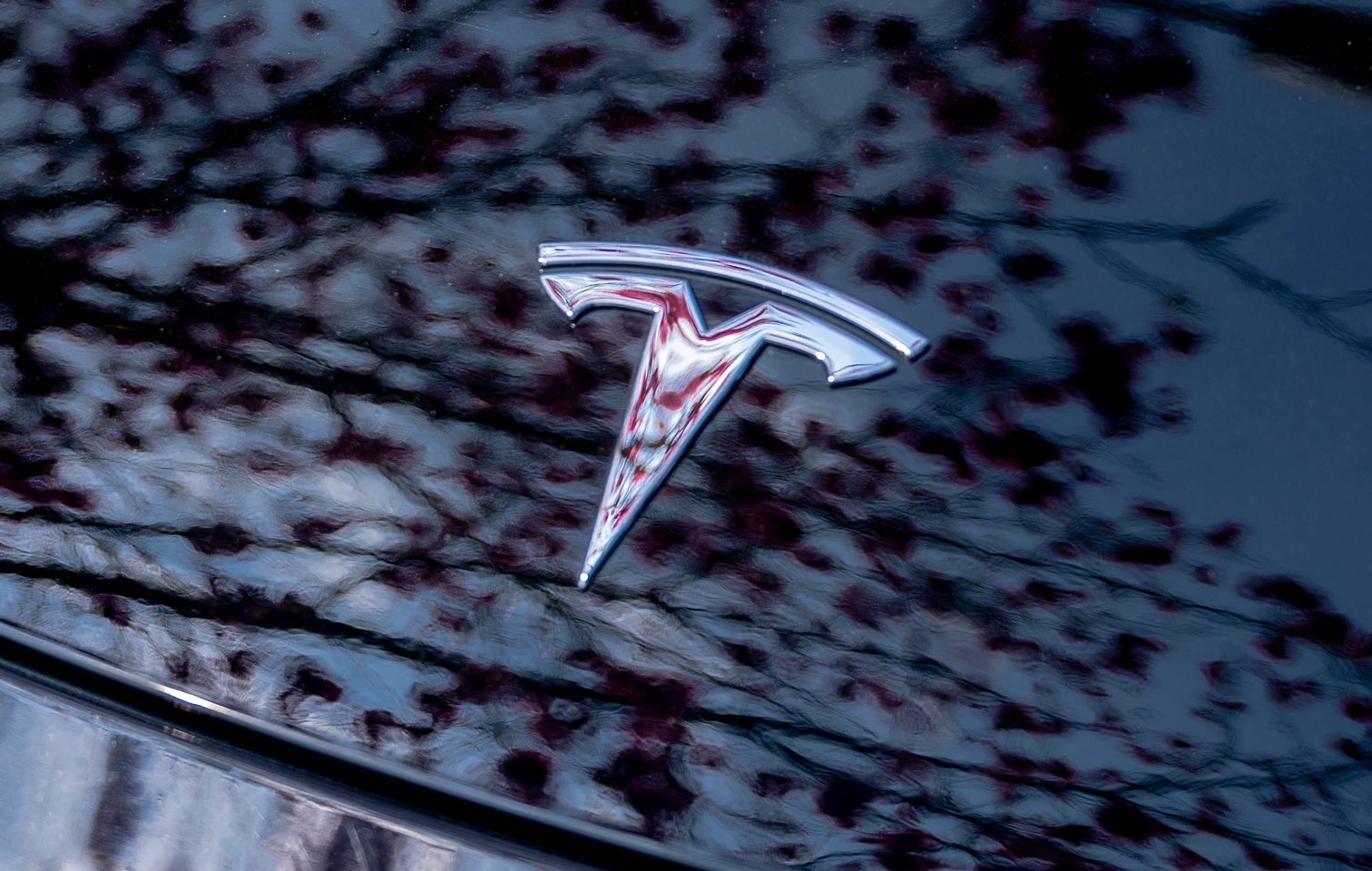
Canadian officials have cleared Tesla following an investigation into a large number of claims submitted to the country’s electric vehicle (EV) rebates earlier this year.
Transport Canada has ruled that there was no evidence of fraud after Tesla submitted 8,653 EV rebate claims for the country’s Incentives for Zero-Emission Vehicles (iZEV) program, as detailed in a report on Friday from The Globe and Mail. Despite the huge number of claims, Canadian authorities have found that the figure represented vehicles that had been delivered prior to the submission deadline for the program.
According to Transport Minister Chrystia Freeland, the claims “were determined to legitimately represent cars sold before January 12,” which was the final day for OEMs to submit these claims before the government suspended the program.
Upon initial reporting of the Tesla claims submitted in January, it was estimated that they were valued at around $43 million. In March, Freeland and Transport Canada opened the investigation into Tesla, noting that they would be freezing the rebate payments until the claims were found to be valid.
READ MORE ON ELECTRIC VEHICLES: EVs getting cleaner more quickly than expected in Europe: study
Huw Williams, Canadian Automobile Dealers Association Public Affairs Director, accepted the results of the investigation, while also questioning how Tesla knew to submit the claims that weekend, just before the program ran out.
“I think there’s a larger question as to how Tesla knew to run those through on that weekend,” Williams said. “It doesn’t appear to me that we have an investigation into any communication between Transport Canada and Tesla, between officials who may have shared information inappropriately.”
Tesla sales have been down in Canada for the first half of this year, amidst turmoil between the country and the Trump administration’s tariffs. Although Elon Musk has since stepped back from his role with the administration, a number of companies and officials in Canada were calling for a boycott of Tesla’s vehicles earlier this year, due in part to his association with Trump.
News
Tesla Semis to get 18 new Megachargers at this PepsiCo plant
PepsiCo is set to add more Tesla Semi Megachargers, this time at a facility in North Carolina.
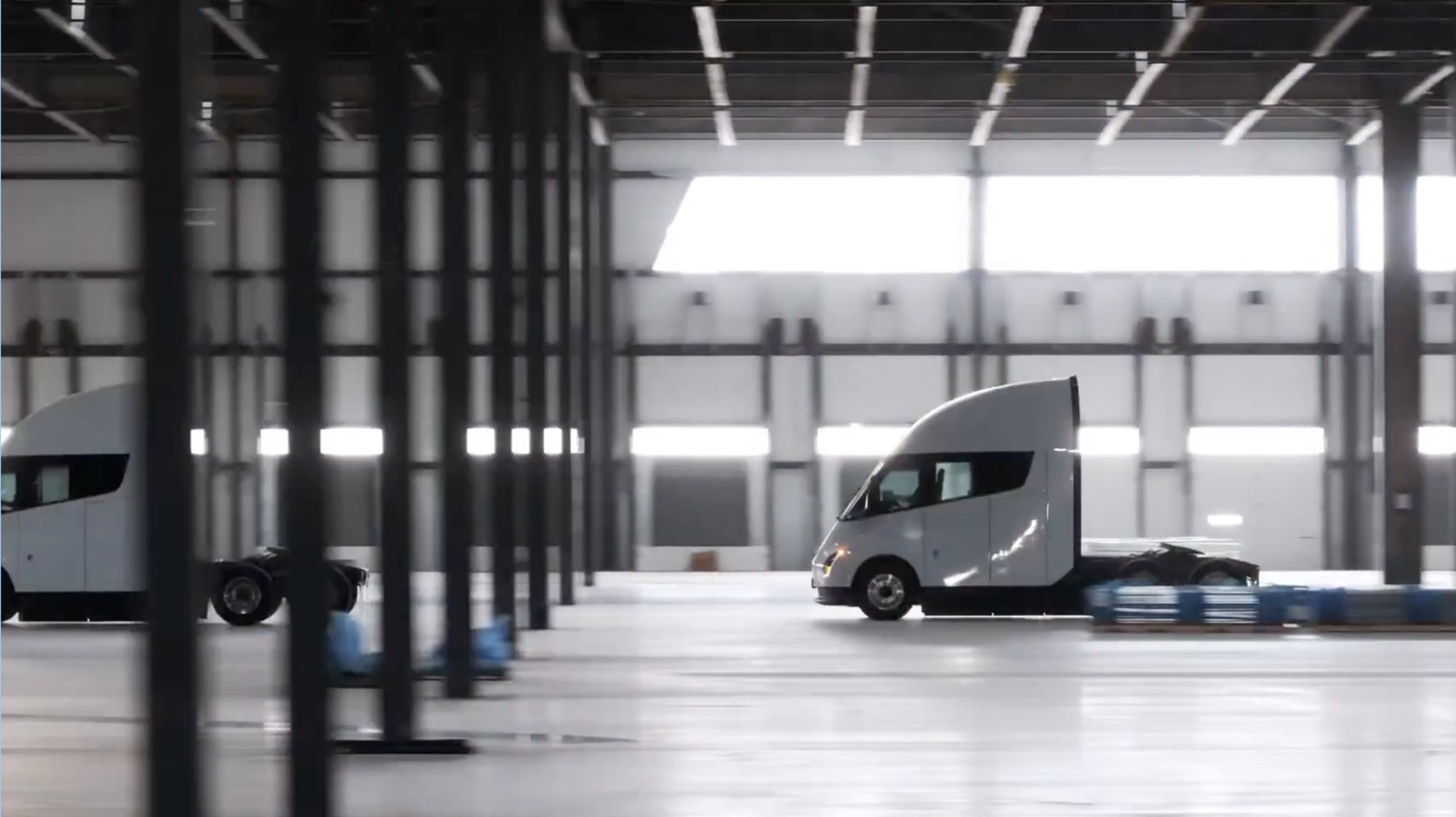
Tesla partner PepsiCo is set to build new Semi charging stations at one of its manufacturing sites, as revealed in new permitting plans shared this week.
On Friday, Tesla charging station scout MarcoRP shared plans on X for 18 Semi Megacharging stalls at PepsiCo’s facility in Charlotte, North Carolina, coming as the latest update plans for the company’s increasingly electrified fleet. The stalls are set to be built side by side, along with three Tesla Megapack grid-scale battery systems.
The plans also note the faster charging speeds for the chargers, which can charge the Class 8 Semi at speeds of up to 1MW. Tesla says that the speed can charge the Semi back to roughly 70 percent in around 30 minutes.
You can see the site plans for the PepsiCo North Carolina Megacharger below.
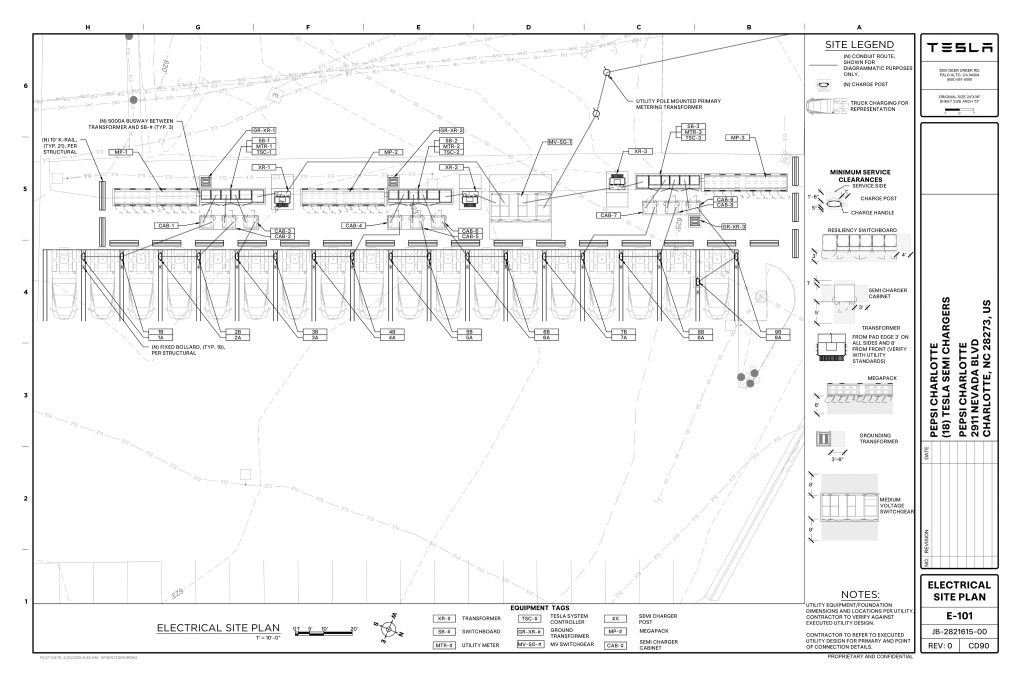
Credit: PepsiCo (via MarcoRPi1 on X)
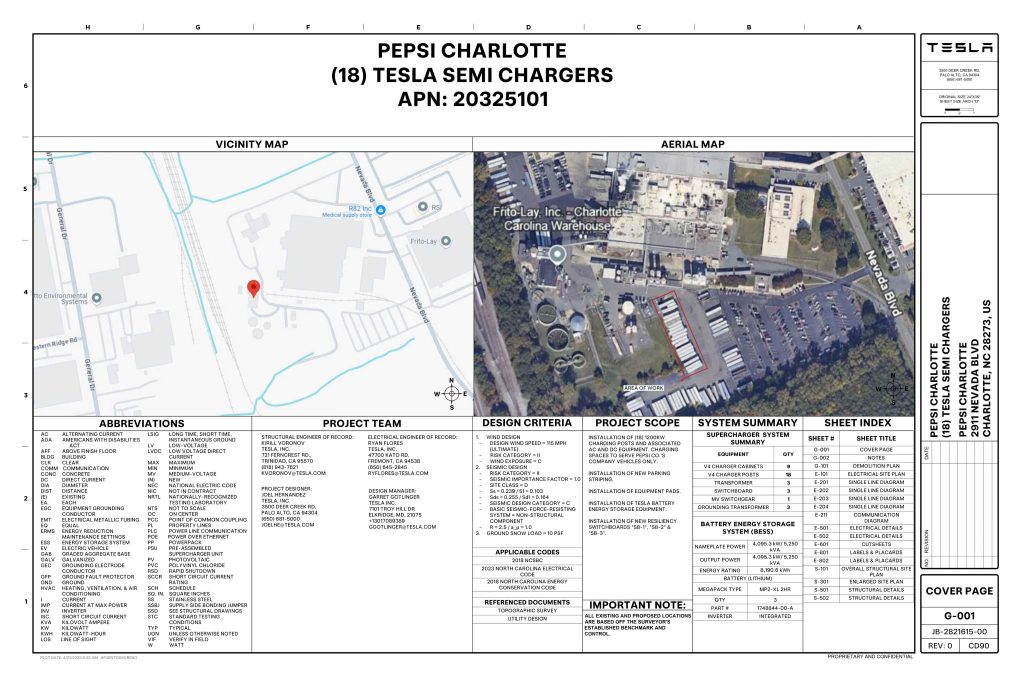
Credit: PepsiCo (via MarcoRPi1 on X)
READ MORE ON THE TESLA SEMI: Tesla to build Semi Megacharger station in Southern California
PepsiCo’s Tesla Semi fleet, other Megachargers, and initial tests and deliveries
PepsiCo was the first external customer to take delivery of Tesla’s Semis back in 2023, starting with just an initial order of 15. Since then, the company has continued to expand the fleet, recently taking delivery of an additional 50 units in California. The PepsiCo fleet was up to around 86 units as of last year, according to statements from Semi Senior Manager Dan Priestley.
Additionally, the company has similar Megachargers at its facilities in Modesto, Sacramento, and Fresno, California, and Tesla also submitted plans for approval to build 12 new Megacharging stalls in Los Angeles County.
Over the past couple of years, Tesla has also been delivering the electric Class 8 units to a number of other companies for pilot programs, and Priestley shared some results from PepsiCo’s initial Semi tests last year. Notably, the executive spoke with a handful of PepsiCo workers who said they really liked the Semi and wouldn’t plan on going back to diesel trucks.
The company is also nearing completion of a higher-volume Semi plant at its Gigafactory in Nevada, which is expected to eventually have an annual production capacity of 50,000 Semi units.
Tesla executive teases plan to further electrify supply chain
News
Tesla sales soar in Norway with new Model Y leading the charge
Tesla recorded a 54% year-over-year jump in new vehicle registrations in June.
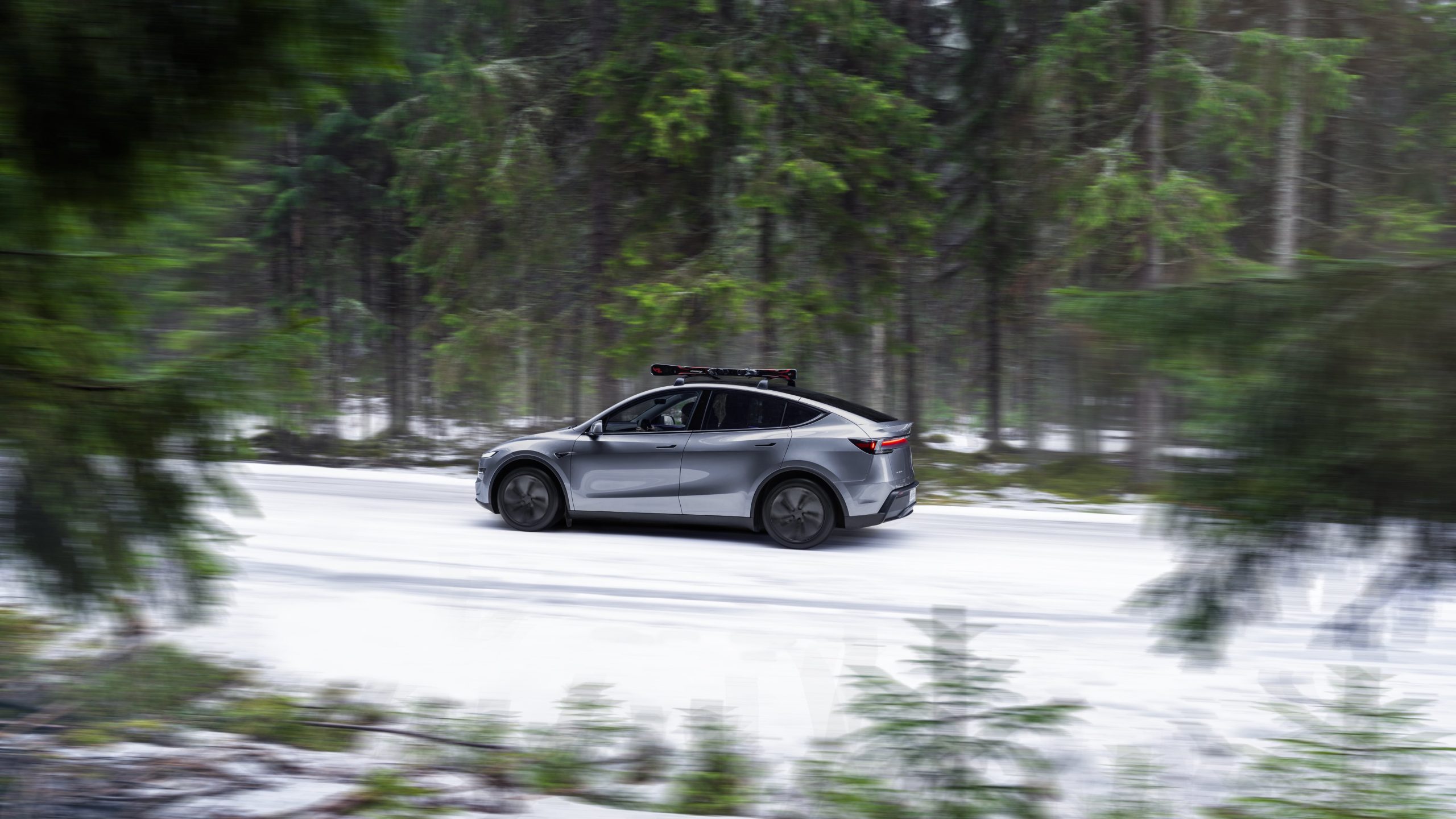
Tesla is seeing strong momentum in Norway, with sales of the new Model Y helping the company maintain dominance in one of the world’s most electric vehicle-friendly markets.
Model Y upgrades and consumer preferences
According to the Norwegian Road Federation (OFV), Tesla recorded a 54% year-over-year jump in new vehicle registrations in June. The Model Y led the charge, posting a 115% increase compared to the same period last year. Tesla Norway’s growth was even more notable in May, with sales surging a whopping 213%, as noted in a CNBC report.
Christina Bu, secretary general of the Norwegian EV Association (NEVA), stated that Tesla’s strong market performance was partly due to the updated Model Y, which is really just a good car, period.
“I think it just has to do with the fact that they deliver a car which has quite a lot of value for money and is what Norwegians need. What Norwegians need, a large luggage space, all wheel drive, and a tow hitch, high ground clearance as well. In addition, quite good digital solutions which people have gotten used to, and also a charging network,” she said.
Tesla in Europe
Tesla’s success in Norway is supported by long-standing government incentives for EV adoption, including exemptions from VAT, road toll discounts, and access to bus lanes. Public and home charging infrastructure is also widely available, making the EV ownership experience in the country very convenient.
Tesla’s performance in Europe is still a mixed bag, with markets like Germany and France still seeing declines in recent months. In areas such as Norway, Spain, and Portugal, however, Tesla’s new car registrations are rising. Spain’s sales rose 61% and Portugal’s sales rose 7% last month. This suggests that regional demand may be stabilizing or rebounding in pockets of Europe.
-

 Elon Musk2 weeks ago
Elon Musk2 weeks agoTesla investors will be shocked by Jim Cramer’s latest assessment
-

 Elon Musk2 days ago
Elon Musk2 days agoxAI launches Grok 4 with new $300/month SuperGrok Heavy subscription
-

 Elon Musk4 days ago
Elon Musk4 days agoElon Musk confirms Grok 4 launch on July 9 with livestream event
-

 News1 week ago
News1 week agoTesla Model 3 ranks as the safest new car in Europe for 2025, per Euro NCAP tests
-

 Elon Musk2 weeks ago
Elon Musk2 weeks agoA Tesla just delivered itself to a customer autonomously, Elon Musk confirms
-

 Elon Musk1 week ago
Elon Musk1 week agoxAI’s Memphis data center receives air permit despite community criticism
-

 News2 weeks ago
News2 weeks agoXiaomi CEO congratulates Tesla on first FSD delivery: “We have to continue learning!”
-

 Investor's Corner2 weeks ago
Investor's Corner2 weeks agoTesla gets $475 price target from Benchmark amid initial Robotaxi rollout

